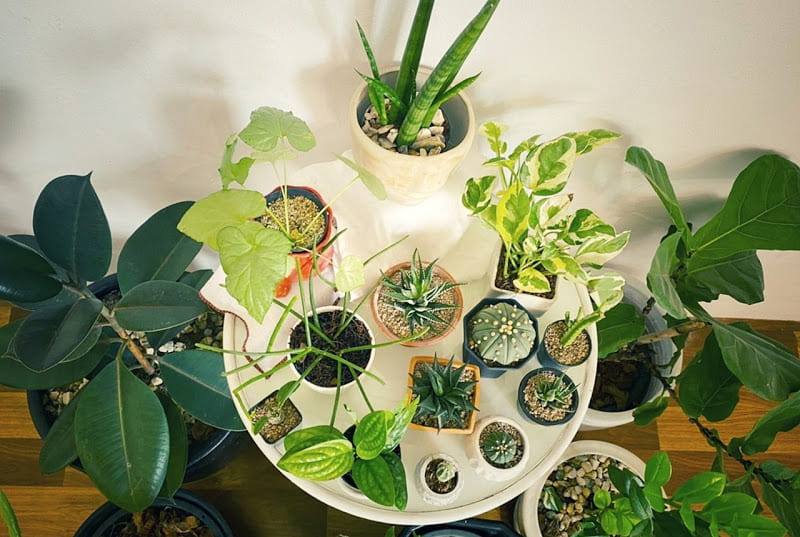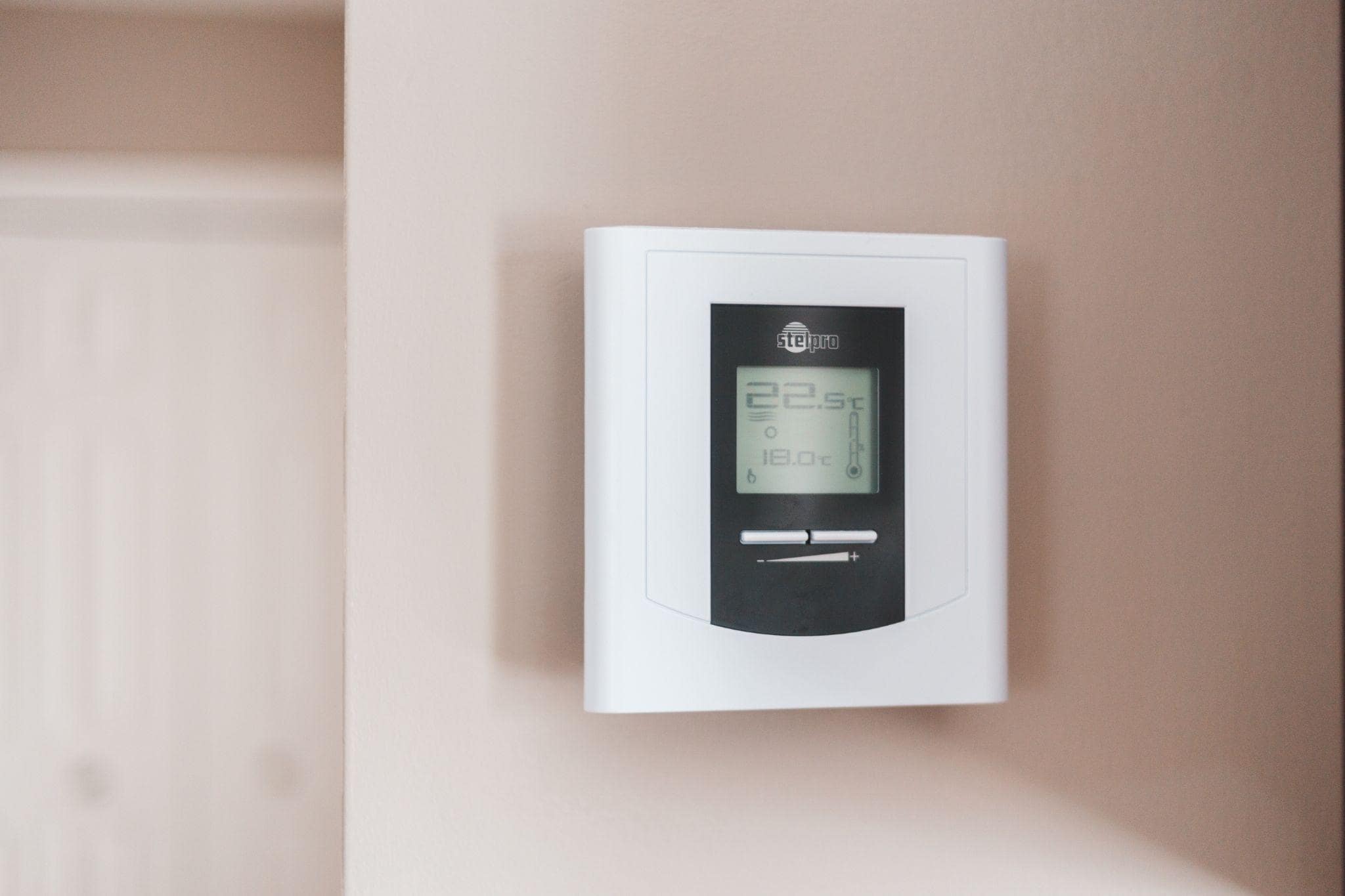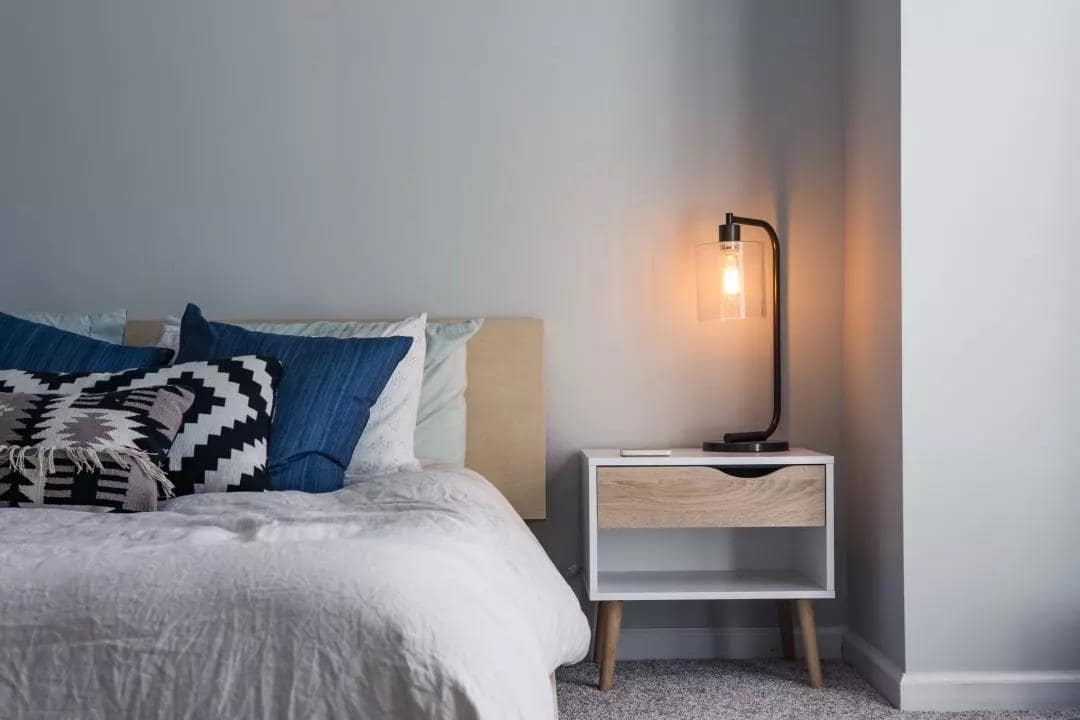Indoor plants are an effective and low cost means of sprucing up and breathing life into your living space. However, how well they play their role depends on how well you tend to them. Take some time to learn how to care for indoor plants so you can enjoy them throughout the year. Here are some practical tips on keeping your indoor plants vibrant and healthy.

1. Use the Right Soil
The secret to efficiently delivering water, nutrients, and air to an indoor plant is the quality of the soil you use. Most indoor plants will require either potting compost or potting soil. Unlike natural soil, potting compost has soil conditioners characterized by rich nutrients, good drainage, and proper aeration. The mixture is often a combination of vermiculite, perlite, and peat.
Natural soil does not drain very well. Therefore, resist the urge to scoop a pile of soil from your backyard and dump it into your plant’s container.
2. Use the Right Container
The size of the container you choose is crucial to your plant’s long-term growth. Many people tend to only make sure the container is not too small. However, both too large and too small can be a problem.
A small container will limit the plant’s growth by reducing how much space its roots can take, as well as diminish the volume of soil. On the other hand, a large container leaves much more moisture in the soil than the plant can absorb, which increases the risk of root disease.
You may have to change the plant’s containers over time if you notice it is drying out more quickly than usual, or if the roots have started poking their way out of the drainage holes. Step up pot sizes one size at a time. Use fresh soil since the old soil’s nutrients may be depleted.
Other than size, another key consideration for keeping healthy plants are considering the container’s drainage system. Plant pots may be reused for multiple plants, but make sure you wash them thoroughly to kill any disease or bacteria remaining from the previous plant. For larger containers, use dried saturated sphagnum moss to cover the soil. This will improve your plant’s presentation.
3. Water Generously
Poor or infrequent watering is one of the fastest ways to doom your indoor plants. If you want them to survive, you have to make sure they are watered regularly. This may seem like common sense, but there is actually a correct way to water your plants.
Begin by saturating the entire soil column. Such generous watering may seem to go contrary to a widely held view that the best approach is to give your indoor plant small amounts of water each day or every other day. That will not work over time to help your plant realize its full growth potential.
Watering sparingly will only starve the plant. The water is absorbed by the dried soil and therefore hardly reaches the plant’s roots. Plants best absorb loosely held water so you need to make sure the soil is water-saturated.
4. Remove Excess Water
If you water your plant generously, there will be water that eventually collects in the saucers. Do not make the mistake of taking this water and pouring it back into the plant pot. This will be as good as poisoning your plant. The water has percolated through the soil and dissolved dangerous contaminants as it made its way to the saucer.
Of these contaminants, salt is the one you should be most concerned about. Salt is an enemy of plant growth and salt burn is a common occurrence among plants that are not well cared for. In fact, the longer the water remains in the saucer, the greater the risk that it will actually suck water out of the plant.
One of the signs that this is happening in the browning of leaf tips. Instead of leaving the excess water in place, pour it out.
5. Keep It Clean
Just like anything else, indoor plants will eventually gather dust and dirt. This layer will slowly block the sun from reaching the leaves. Pop your plant in the shower or sink and gently rinse it with lukewarm water. In case you have a large potted plant, wipe the leaves with a dry dust cloth or moist sponge.
For fuzzy-leafed plants such as African violets, use a soft toothbrush or paintbrush to remove dust and residue. For small plants, turn them upside down as you swish them in lukewarm water. Use your fingers to hold them in position within the container. Finally, let the plant air-dry in the warm sun.
Bringing the Outdoors Inside
Keeping indoor plants brings a little bit of the outdoors into your home. Whether you are freshening up your living space, adding some greenery to your bathroom, or adding some greenery to make your kitchen look more spacious, use these tips to get the most from your indoor plants all year round.







